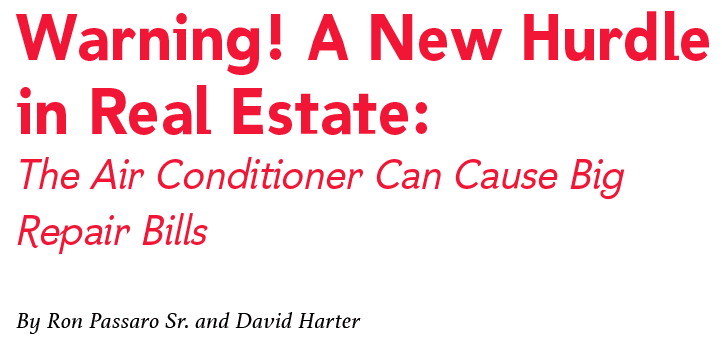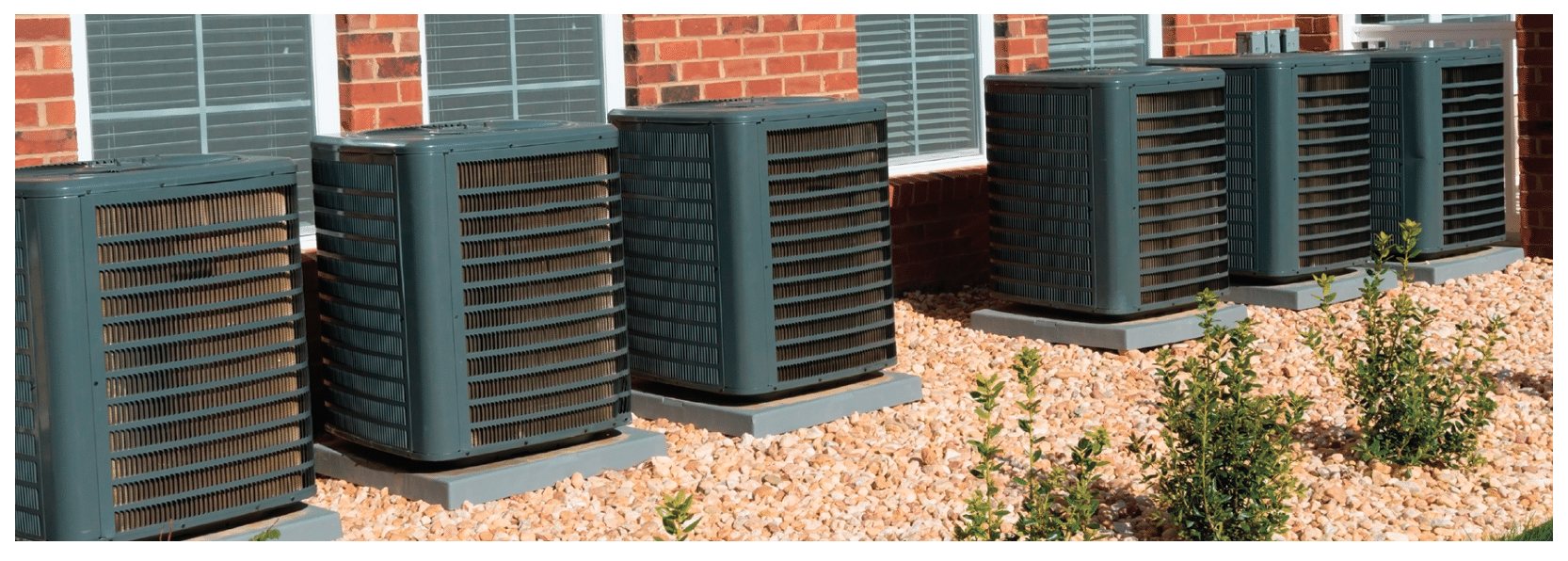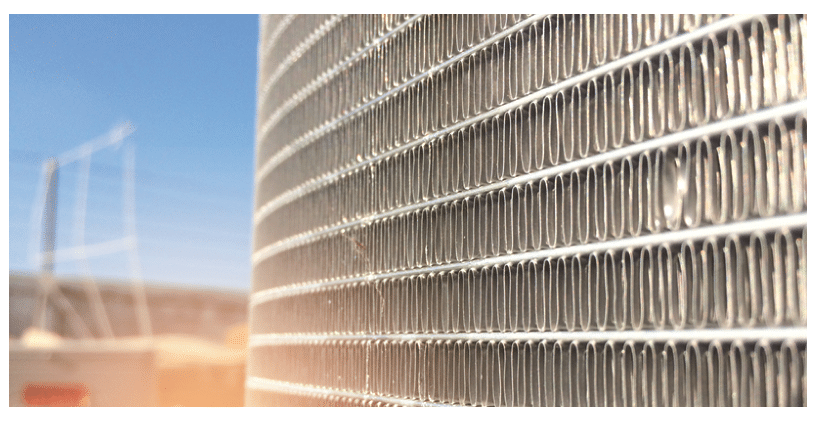Warning! A New Hurdle in Real Estate




In 1987, President Ronald Reagan signed the Montreal Protocol,1 which regulates the future use of refrigerant chemicals such as hydrochlorofluorocarbons (HCFCs), including the HCFC known as HCFC-22, R-22 or the trade name FreonTM 22. For reference, R-22 is the refrigerant that was used primarily in most air conditioning (AC) systems, heat pumps, refrigerators and freezers prior to the year 2010.
This regulation may affect every piece of real estate that has a central AC system and is for sale in the United States. This regulation phases out the use of R-22 on systems that were installed after 2010.
New systems—those installed after 2010—use new, non-ozone-depleting refrigerants. However, some new systems now are being sold as “dry systems,” and after they are installed, these types of systems are charged with recycled R-22. This installation or repair practice is allowed because of a loophole in the phaseout program. We think using these types of systems is a bad idea because, by the year 2020, the manufacturing of R-22 will be discontinued.
To understand the gravity of this issue, you should know a few things about home AC systems.
First, there are two main parts to an AC system; both parts are needed to make the system work.
The exterior part—called the condenser—is the part that everyone sees. The compressor is located inside the condenser cabinet. This is where the magic of AC happens: turning liquids to gas and gas to liquids with the result of creating cool air inside the house.
The other part of AC magic—the air handler—is not so visible. The air handler contains the fan that pushes the cooled air around the house. The air handler is where the evaporator coil is located as well. The evaporator coil is the part of the system that takes the humidity out of the air.
Second, AC systems that were installed before the year 2010 most likely have R-22 refrigerant in them. The refrigerant used in the exterior condensing or compressor unit must be the same as the refrigerant used in the interior evaporator coil or air handler.
The Problem: Most AC systems installed in homes or buildings in the northeastern part of the United States have a design life of about 15 to 20 years. So, if you need service on an AC system that is manufactured before 2020 and if the AC system needs replacement R-22 refrigerant to complete the service or repair, you can only use recycled or stockpiled R-22, if it is available. It’s important to understand that the price of R-22 will continue to increase as the supply decreases and eventually, R-22 will no longer be available to service the remaining AC systems that use R-22.
If either the condenser or the evaporator coil needs to be replaced, then the homeowner will have to replace the entire AC system—both exterior and interior parts—with a system that uses a non-ozone-depleting refrigerant. Replacing a whole system might cost more than double the cost of restoring an AC system. This policy will affect people who have AC systems that were built before the year 2020.
R-22 is one of the most popular refrigerants used in the United States for refrigeration and AC applications. Unfortunately, according to some experts, R-22 causes depletion of the ozone layer in the atmosphere. That’s why this type of refrigerant is being phased out. According to its participation in the Montreal Protocol,1 the United States is one of the countries in which the manufacturing of R-22 must be stopped in a phaseout manner and for which alternatives must be found.

Here is the general timeline for the phaseout2:
January 1, 2010: A complete ban on the production and import
of R-22. There are exceptions for future maintenance needs for
existing systems and equipment.
January 1, 2015: A ban on the sale and use of R-22 (except as refrigerants in equipment manufactured before January 1, 2020). There are certain exceptions for maintenance of existing equipment.
January 1, 2020: A complete ban on the production and import of R-22 refrigerant. No USA-produced or USA-imported R-22 refrigerant gas will be available, even for servicing existing equipment. Only stockpiled new and recycled refrigerant will be available for maintenance.
After January 2020: Owners of refrigeration and AC systems using R-22 will have to depend on the stockpile of the new and recycled refrigerant available for maintenance.

One can’t really predict when or for how long R-22 will be available after the January 2020 deadline. It may be available until the expiration of the equipment, but purchasing it is likely to be expensive. When the stockpiles and recycled R-22 become scarce or unavailable, consumers may have to choose one of these actions:
- switch to a new refrigerant—and, perhaps, get a new AC system—that uses materials not listed on the EPA’s phaseout plan,
- bear the cost of using expensive R-22, or
- abandon the use of existing equipment and totally shut down the current AC system.
For more information, we suggest that you review the information found in the sources cited list.
Sources cited
- UNEP Ozone Secretariat. The Montreal Protocol on Substances that Deplete the Ozone Layer.
Available at: http://ozone.unep.org/en/treaties-and-decisions/montreal-protocol-substances-deplete-ozone-layer.
Accessed June 28, 2017.
- U.S. Environmental Protection Agency. Phaseout of Class II Ozone-Depleting Substances.
Available at: https://www.epa.gov/ods-phaseout/phaseout-class-ii-ozone-depleting-substances.
Accessed June 28, 2017.

To Read the Full Article
ASHI offers its members unparalleled resources to advance their careers. ASHI offers training for inspectors at all levels of knowledge and experience, including resources about all major home systems. Members benefit from a vast network of experienced professionals, providing a community for mentorship and knowledge sharing..
In this Issue

FIND A HOME
INSPECTOR
Professional Networking
Grow your professional network, find a mentor, network with the best, and best part of the community that’s making home inspection better every day.
